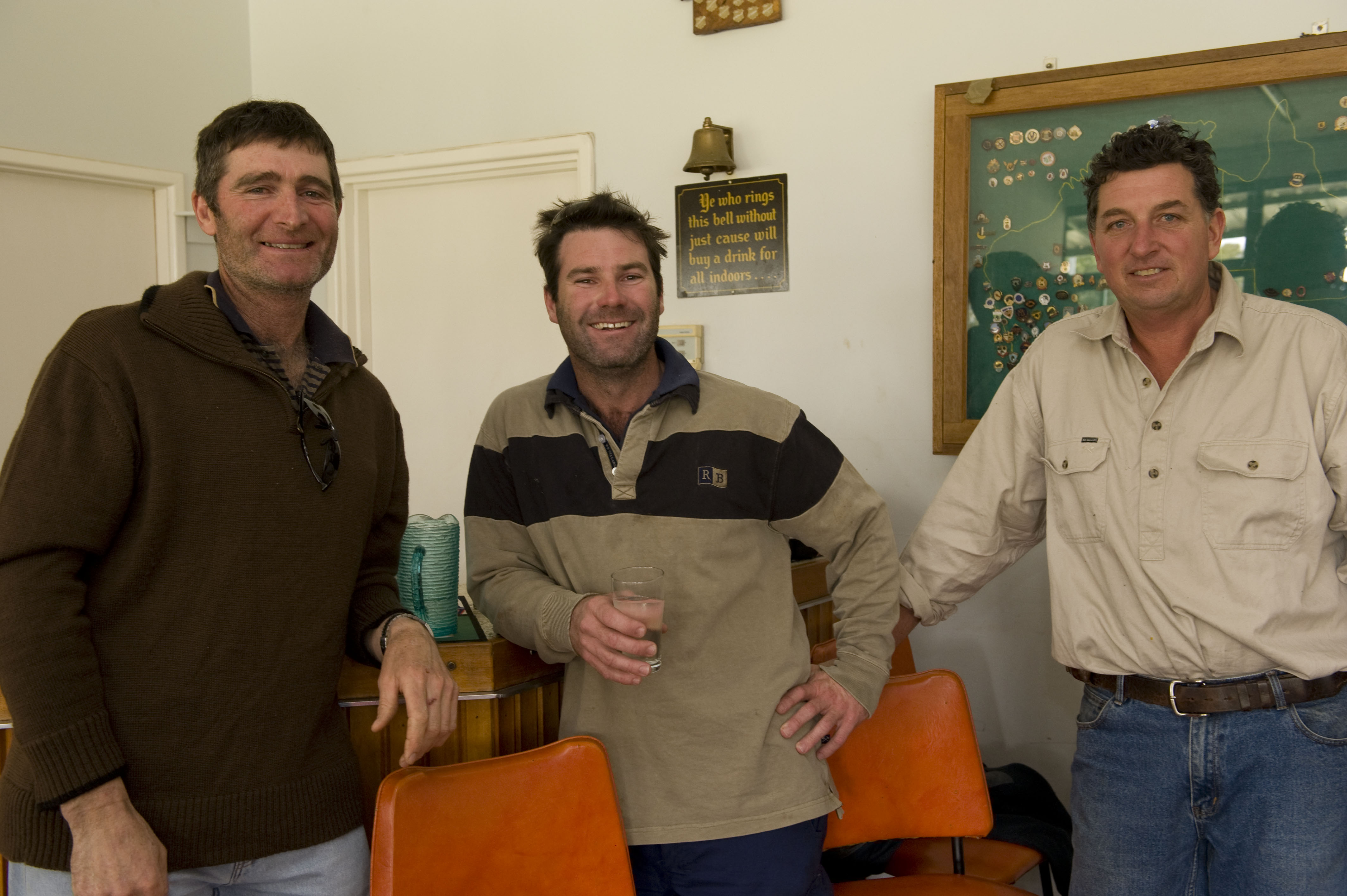
The majority of WA wheatbelt farmers lost equity last year. With this season shaping up to be another tough one, current framing practices are coming under the spotlight. Many farmers are asking “Are we sustainable? According to soils ecologist Dr Christine Jones, broadacre cropping can be a profitable option for the wheatbelt under a diminishing rainfall scenario, provided more attention is paid to soil biology. “Soil life is the key to building soil carbon and soil carbon is the key to holding moisture” Dr Jones said. Dr Jones spoke about natural, low-cost ways to build soil carbon at the Wheatbelt NRM forums in Wongan Hills, Merredin and Hyden in April this year. As a result of the interest in these talks, Dr Jones is returning for the “Building resilient agricultural landscapes” day at Trayning on Tuesday 17th August. This information day and open forum will be hosted by Ian and Dianne Haggerty in conjunction with the Wheatbelt NRM as part of a grant the Haggertys received for a soil conservation project coordinated by the natural resource management group. The grant will see an area susceptible to high wind erosion, block planted with rows of oil mallees, saltbush and rhaghodia pressii. The area will be fenced to exclude stock initially, but in the long term used for grazing. Several alleys will also be planted to slow wind velocity over broadacre crops. As part of the grant from Wheatbelt NRM along with encouragement from Dr Christine Jones, Ian and Dianne Haggerty have arranged the information day to help other farmers keen to learn more about biological farming. “The quickest way to improve soil structure and soil water holding capacity is through aggregation” said Dr Jones. “This is a process whereby glues and gums from soil microbes bind soil particles together into little lumps, improving porosity, overcoming non-wetting tendencies and reducing erosion risks”. A reduction in the hard pan is what Dianne and Ian Haggerty have noticed the most. “The soil now has the ability to take in moisture, which means it’s a lot softer and this has been reflected in lower fuel usage when working the soil,” Dianne Haggerty said. “It’s very rare that the soil is too hard or too wet. “Some paddocks we have cropped wheat seven or eight years in a row, and we are getting less disease, sometimes better than wheat on pasture. During the information day at Trayning Dr Jones will explain how current farming methods have reduced the resilience of agricultural enterprises. “Products such as MAP, DAP and urea reduce the root volumes, root depth and photosynthetic rate of plants, increasing vulnerability to environmental stresses such as low moisture levels and frost” Dr Jones said. “It is very important that farmers learn how to make a transition from high input farming to more biology friendly farming methods and do not just go ‘cold turkey’. “Soils need to be weaned off high-analysis fertilisers gradually”. At the Trayning information day Dr Jones will explain how to increase soil carbon, improve soil structure, reduce plant disease and insect attack and build new topsoil through a transitional approach based on moving towards more biology friendly practices that stimulate natural processes in the soil, while maintaining cash flow. “Farmers can learn how to increase soil carbon levels through the natural plant-soil liquid carbon pathway” Dr Jones said. The information day and open forum on ‘Building resilient agricultural landscapes’ will be held at the Trayning Bowling Club from 9am - 4pm on Tuesday 17th August. A $30 attendance fee includes morning and afternoon tea and lunch. Please register by Thursday 12th August, for catering purposes. For further information, contact Sam Pickering on 0447 916 142 or Tracey Hobbs on ……………

